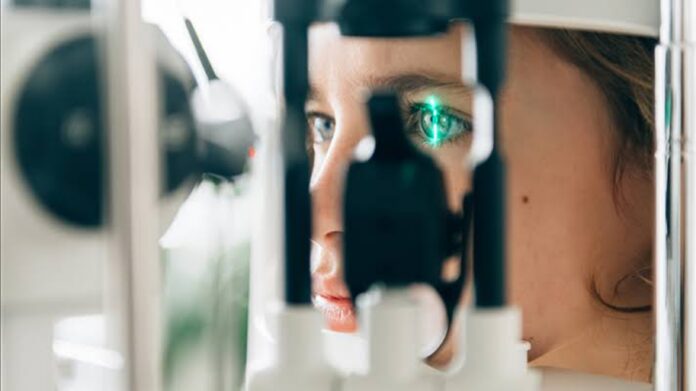India is the diabetic capital of the world, with the occurrence of diabetes in adults at 8.9 percent in rural areas. Diabetes may trigger permanent harm to the eye, resulting in damaged vision and often blindness. Estimates show that the overall number of people with diabetes is expected to increase to 439 million by 2030, with 4 out of 10 diabetics needing any type of eye care. This needs early treatment and care that can avoid the damage.
However, the lack of qualified eye doctors to diagnose diabetic retinopathy affects treatment, particularly in rural and semi-urban areas, which entails an immense shortage of skilled eye specialists. To fix this question, Bengaluru-based Sankara Eye Hospital has agreed to work with Singapore-based Leben Care to implement a cloud-based AI tech platform — Nethra AI to detect retinal disorders in patients.
The eye test is an important clue for the diagnosis of eye disease. Diabetic eye disorder can cause permanent vision loss, including blindness mentioned by Dr. Divyansh K Mishra, the Ocularists of Sankara Eye Hospital.
About the technology:
Created by Leben Care, Netra. AI is a robust retinal risk management software-as-a-service application that is accessible over the cloud. Gurunath Bhuvanagiri, Chief Architect and AI Scientist at Leben.ai, said that patient photos of the eye fundus are collected using cameras and then submitted to the machine learning framework that can accept these photos either through a web portal or through API.
With the retinal images recorded, Nethra AI-based solution will detect retinal problems such as diabetic retinopathy, age-related macular degeneration, glaucoma, and numerous other retinal pathologies which are needed by an eye specialist, mentioned Bhuvanagiri.
The approach uses cutting-edge algorithms, built-in consultation with some of the world’s leading retinal experts, with a four-step deep convolutional neural network (DCNN). It assists in recognizing retinal photos from non-retinal images; identifying generic defects for automatic image quality assessment; detecting stage of diabetic retinopathy (DR) and annotating baseline lesions. These lesions might include microaneurysms, hard exudates, cotton wool patches, superficial and deep hemorrhages, neovascularisations, and fibrovascular proliferation.
Also, factors such as operator level of experience, type of equipment used, patient circumstances, poor image retrieval can contribute to incorrect analytics. It was, therefore, important to construct an algorithm that could automatically determine the consistency of the fundus image for the accurate identification of lesions in an AI-based screening program.
The conventional image quality measurement algorithm depends on handcrafted features, focusing either on standardized or structural quality dimensions, such as global histogram features, textural features, vessel depth, local non-reference perceptual sharpness, etc.
They do not generalize well and function on a diverse data set, camera, and field of view (FOV) resulting in prejudices. However, the Nethra AI image quality evaluation algorithm is based on a neural convolution network that uses a custom 17-layer CNN network to train the info. The training data comprises of 103,578 high quality (degradable) retinal images and 8911 non-degradable retinal images.
Bhuvanagiri further mentioned that the data increase was used to prevent over-fitting and to make the model more stable. Around 72 percent of the training photographs were from mydriatic, and the remaining 28 percent were from non-mydriatic cameras.
Nethra AI also comes with specialized tools for blood vessel segmentation and post-processing imagery that provide doctors with more knowledge and precise diagnosis. Nethra Monitor allows clinicians to control and view retinal improvements over time. It also keeps a database of all retinal images to automatically identify and communicate changes to the patient.
With Nethra AI, the produced report not only provides timely recognition and referral of individual patients but also helps the doctor to inform the patient by taking a picture of the retinal lesions present, thus increasing the need to prevent blindness or loss of vision. The solution also displayed excellent sensitivity and precision when sensing any DR, i.e. 99.7 percent and 98.5 percent respectively, making it ideal for an effective screening method.

